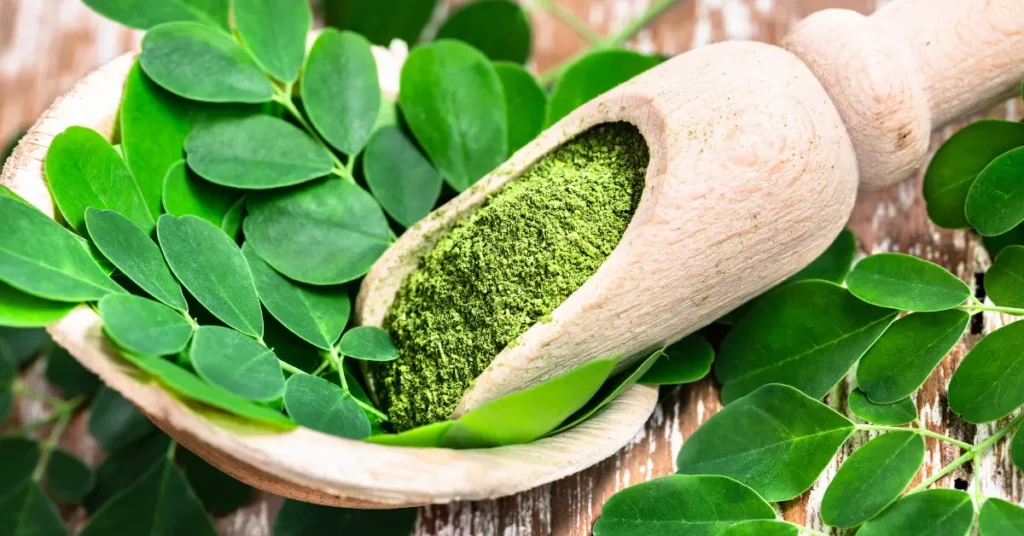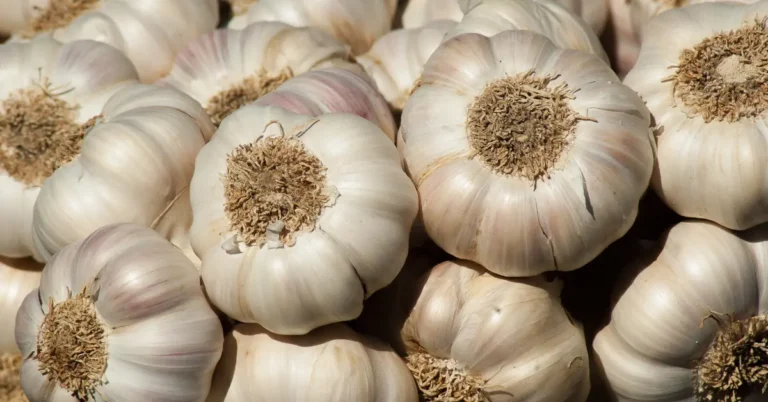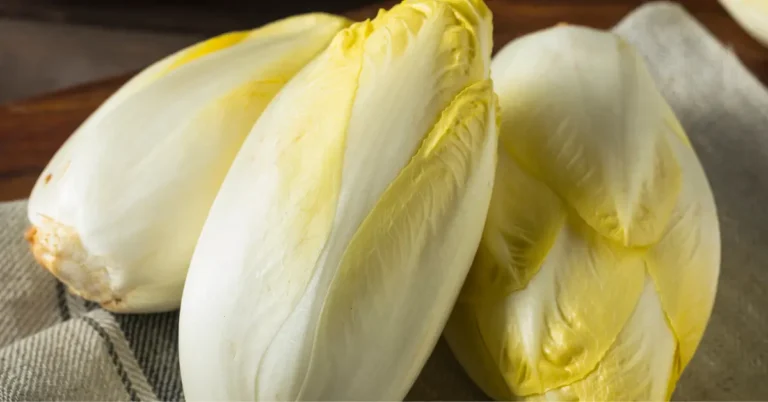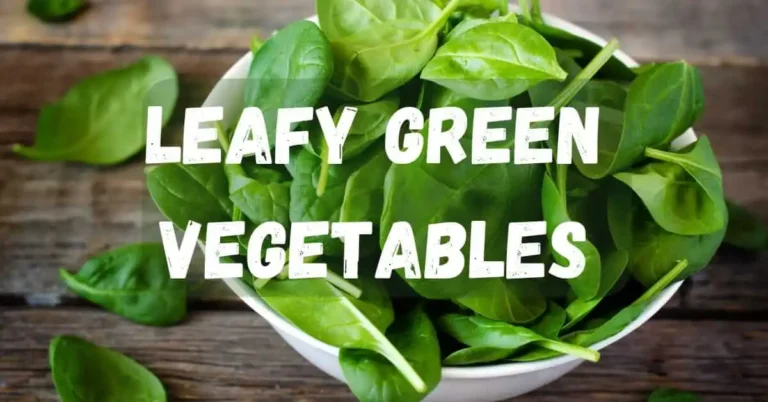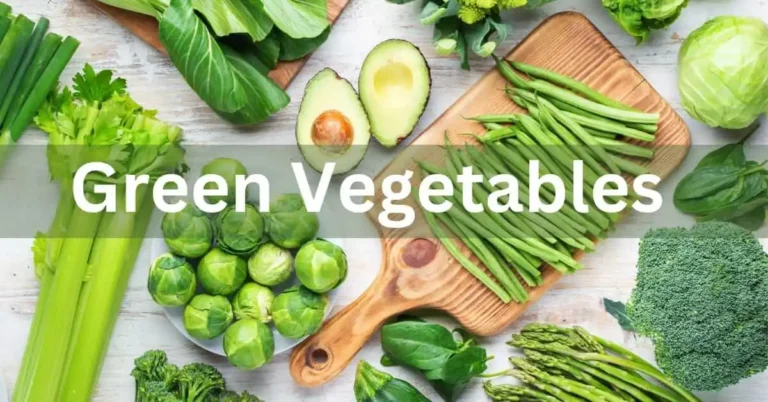16 Amazing Vegetables That Start With M
You might be surprised by the variety of vegetable flavors and textures available. Are you curious about vegetables that start with M? Adding a touch of freshness to the menu of your home with these vegetables is as easy as picking a few from the garden. Let’s explore the world of vegetables, starting with “M,” each with its flavor and nutritional profile.
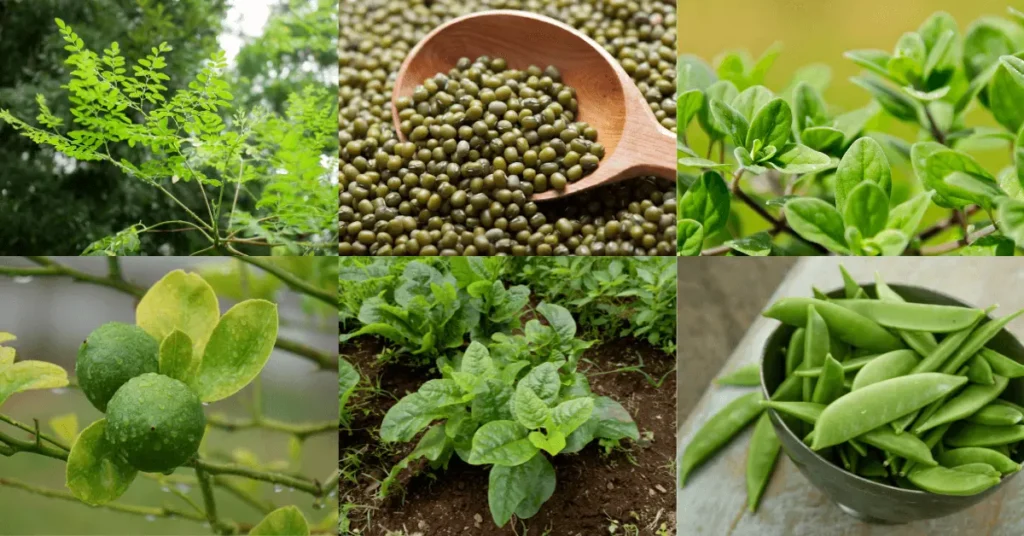
Nutritional Value of vegetables that start with M:
This table provides an overview of the general nutritional value of a few vegetables that start with M:
| Vegetable | Calories | Fiber | Vitamin A | Vitamin C | Iron | Calcium |
|---|---|---|---|---|---|---|
| Mushrooms | 15 | 1g | 0% | 2% | 1% | 0% |
| Spinach | 23 | 2.2g | 188% | 47% | 6% | 24% |
| Mustard Greens | 27 | 3g | 118% | 59% | 5% | 16% |
| Mung Beans | 212 | 7.6g | 0% | 16% | 20% | 7% |
| Mizuna | 13 | 1g | 106% | 60% | 6% | 3% |
| Mashed Potato | 214 | 2.2g | 0% | 19% | 3% | 1% |
List Of Vegetables that Start with M:
Let’s jump into this list of vegetables that start with M.
Mint:
Mint, a versatile herb with a refreshing flavor, is a culinary and medicinal delight. Its distinct aroma and taste make it popular in various dishes and beverages. Mint is rich in antioxidants that combat oxidative stress. Include mint in your diet for overall health and well-being.
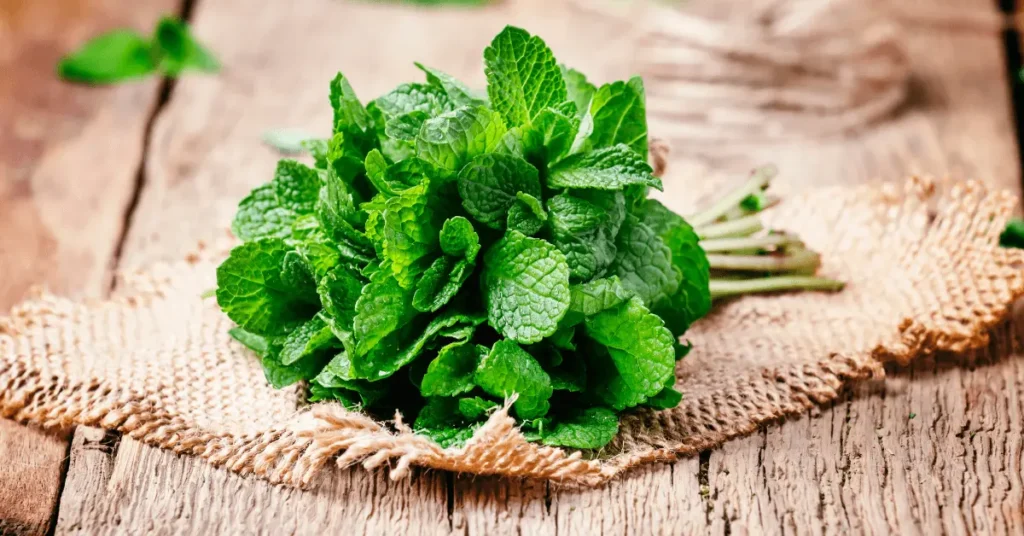
Mustard greens:
With their peppery taste and vibrant green leaves, mustard greens are a flavorful addition to various dishes and a nutritional powerhouse. Mustard greens are packed with vitamins A, C, and K, contributing to overall immune health and bone strength. High minerals like iron and calcium support blood health and bone density.
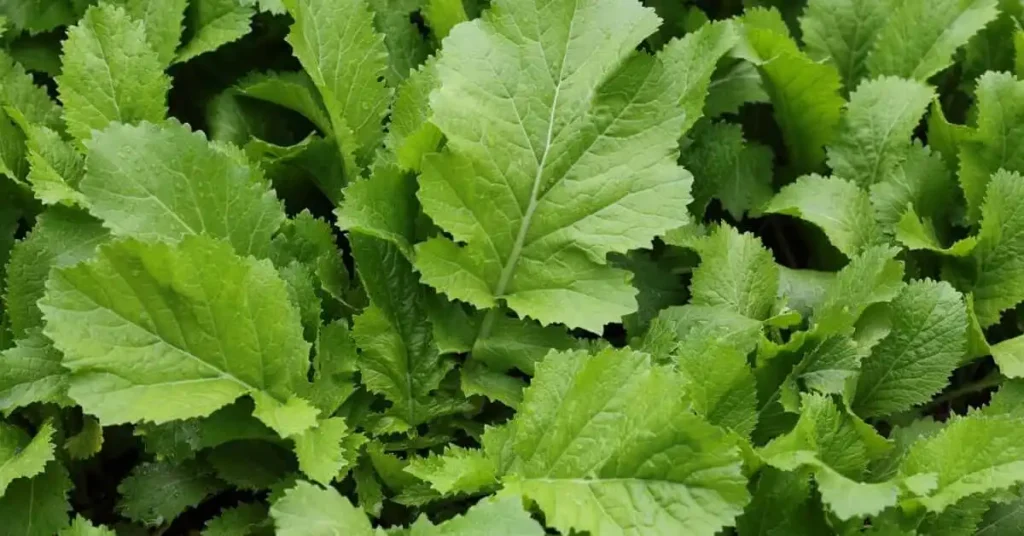
Maize (corn):
Maize, commonly known as corn, is a versatile and nutritious grain that has been a dietary staple for centuries. Corn’s dietary fiber aids digestion, promotes fullness and ensures a full stomach. Corn carbohydrate provides a quick and sustained energy source.
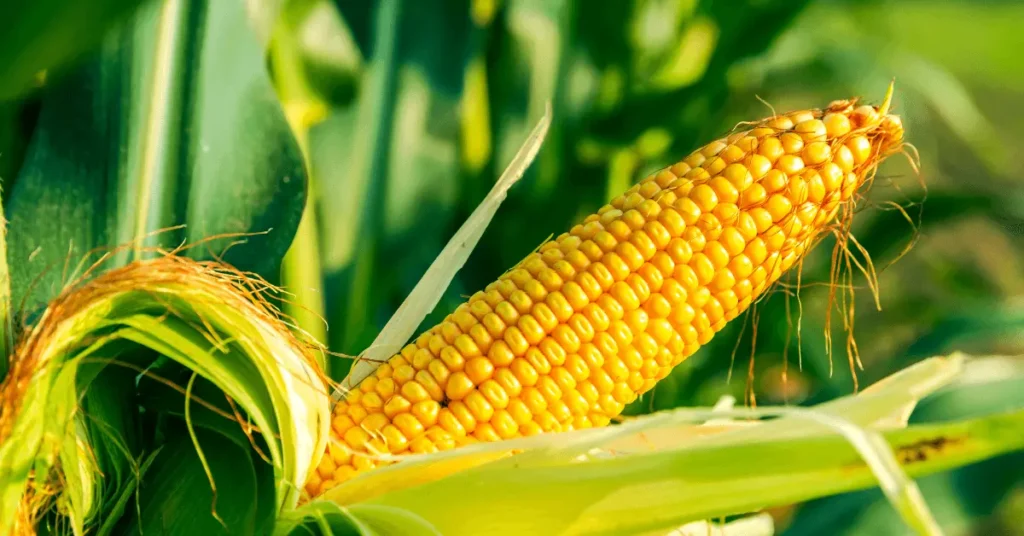
Mung Bean:
Mung beans, tiny green legumes native to Asia, have gained popularity worldwide for their nutritional density and versatility in cooking. These small beans pack a punch of protein and nutrients. With a high fiber content, mung beans contribute to digestive health and weight management.

Malabar spinach:
Malabar spinach, a leafy green with vibrant, heart-shaped leaves, is visually appealing and nutritionally dense. Malabar spinach is rich in vitamins A and C, essential for skin health and immune function. It also provides an adequate dose of iron, supporting overall well-being.
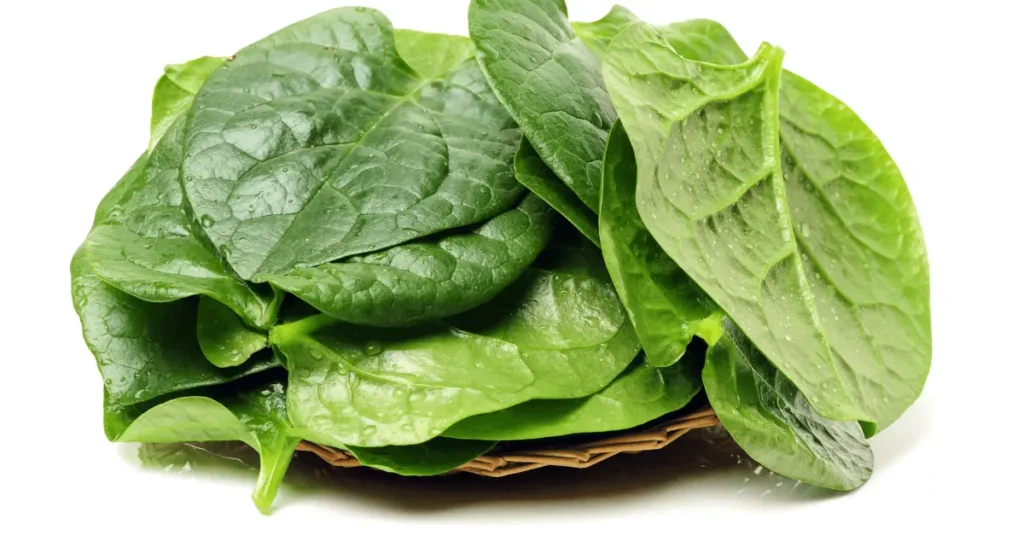
Marrow:
Marrow, a member of the gourd family, is a versatile and mild-tasting vegetable often overlooked in culinary circles. With a soft texture and subtle flavor, marrow lends well to various cooking methods and can be a delightful addition to savory and sweet dishes.

Mesclun:
Mesclun, a delightful mix of young salad greens, offers flavors, textures, and vibrant colors to elevate your salads. Mesclun provides a spectrum of vitamins and minerals, including vitamins A, C, and K. These nutrients support immune function, skin health, and bone density.
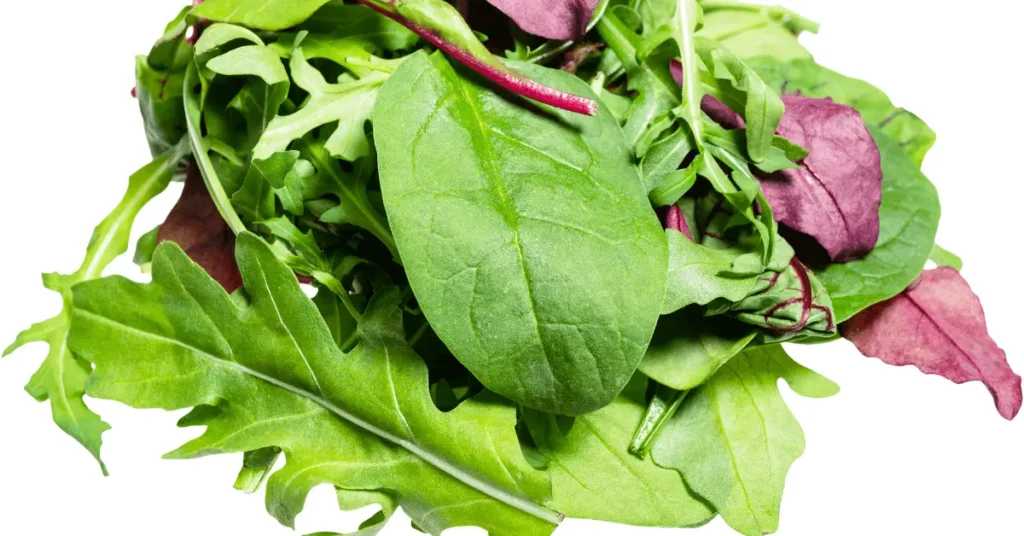
Mizuna:
Mizuna, a Japanese leafy green, is a flavorful and nutritious addition to salads and various dishes. Mizuna has a mild yet distinct peppery taste, similar to arugula but generally milder. Mizuna is known for its rapid growth, making it a popular choice for home gardening.
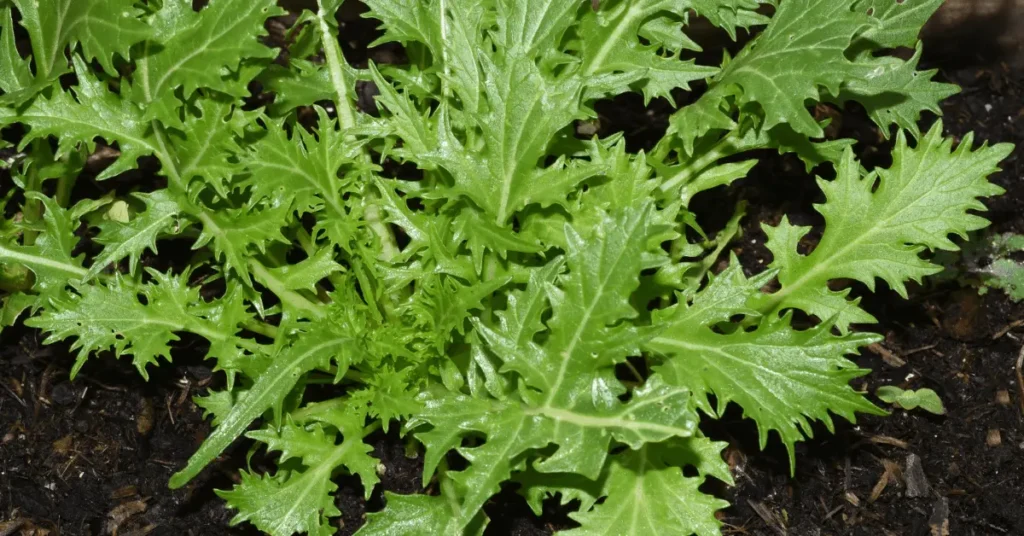
Mangetout (Snow Peas):
Mangetout, commonly known as snow peas, is a delightful and versatile vegetable with tender, flat pods and a sweet, crisp flavor. Whether enjoyed raw, lightly cooked, or incorporated into creative recipes, these peas bring freshness and crunch to your meals.

Microgreens:
Microgreens are harvested early, typically when the first true leaves appear. Their miniature size sets them apart from mature greens. Microgreens contain essential nutrients, including vitamins, minerals, and antioxidants. Their concentrated nature makes them a nutrient-dense addition to your diet.

Meyer lemon:
Meyer lemons, a beloved citrus variety, are known for their distinct flavor, a delightful combination of sweetness and tartness. Meyer lemons have thin, smooth, and golden-yellow to orange skin.

Mache:
Mache is characterized by small, round, and tender leaves. Mache has a mild and nutty flavor, distinguishing it from peppery or bitter greens. Mache contains vitamins and minerals, including C, K, and folate. It contributes to a nutrient-dense and balanced diet.
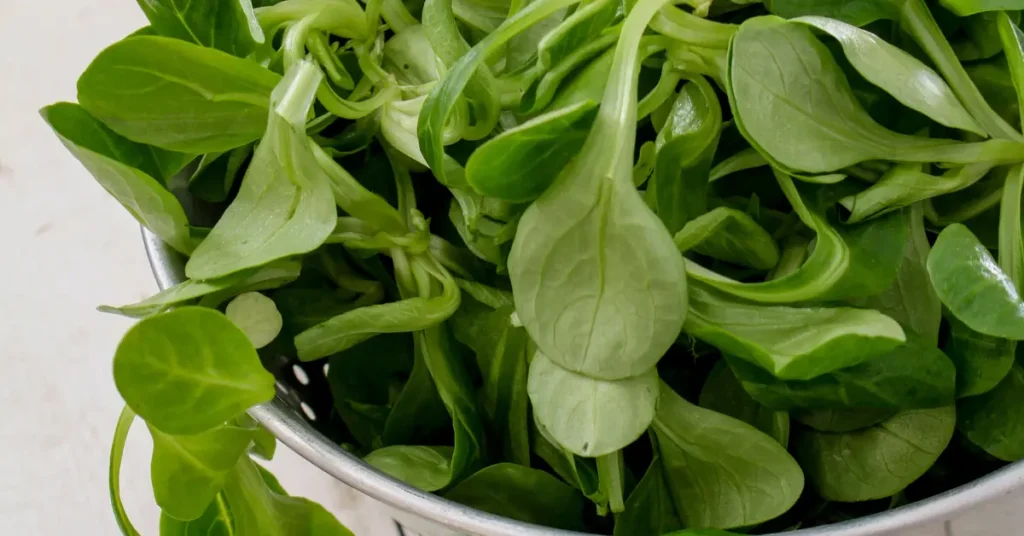
Marjoram:
Marjoram is an herb with small, oval-shaped, bright green leaves. The leaves are often fresh or dried, depending on the culinary application. Its delicate flavor and hints of citrus and pine contribute to marjoram’s mild flavor.

Molokhia (Jute Leaf):
Molokhia is an edible green vegetable common in various cultures worldwide, also known as jute leaf. It is a leafy green vegetable with significant cultural and culinary significance. Molokhia is a highly nutritious leafy vegetable rich in vitamins, minerals, and antioxidants. Vitamin A and C are two of the most essential nutrients found in this plant.
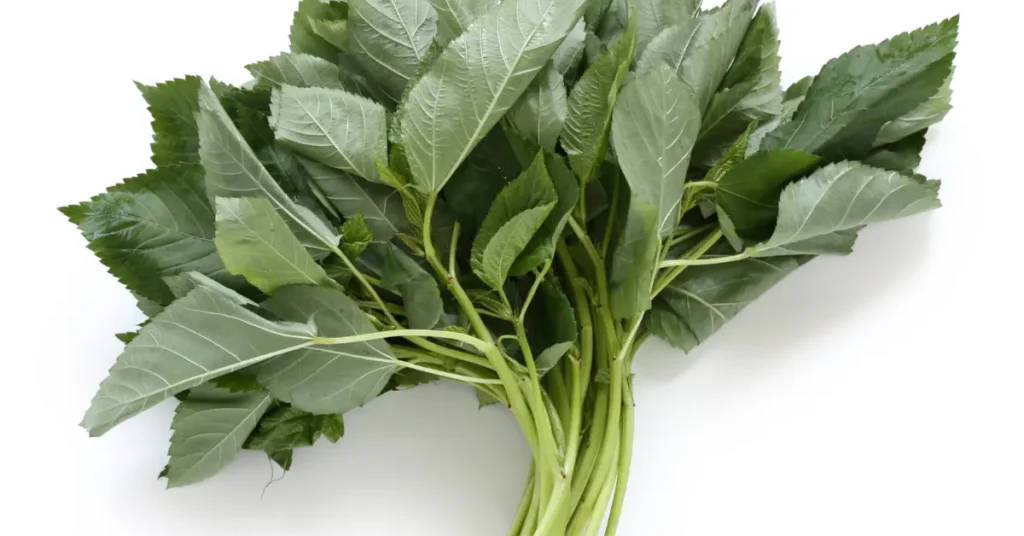
Miner’s Lettuce:
Known for its mild yet succulent flavor, Miner’s lettuce (Claytonia perfoliata) is a leafy green native to North America. It is well-known for its mild flavor and succulent leaves. It is often among the first wild greens to appear in spring, as it usually grows in cooler climates or during the early season. There is no fat in it, and it has antioxidants, contributing to its health benefits due to its low-calorie content.
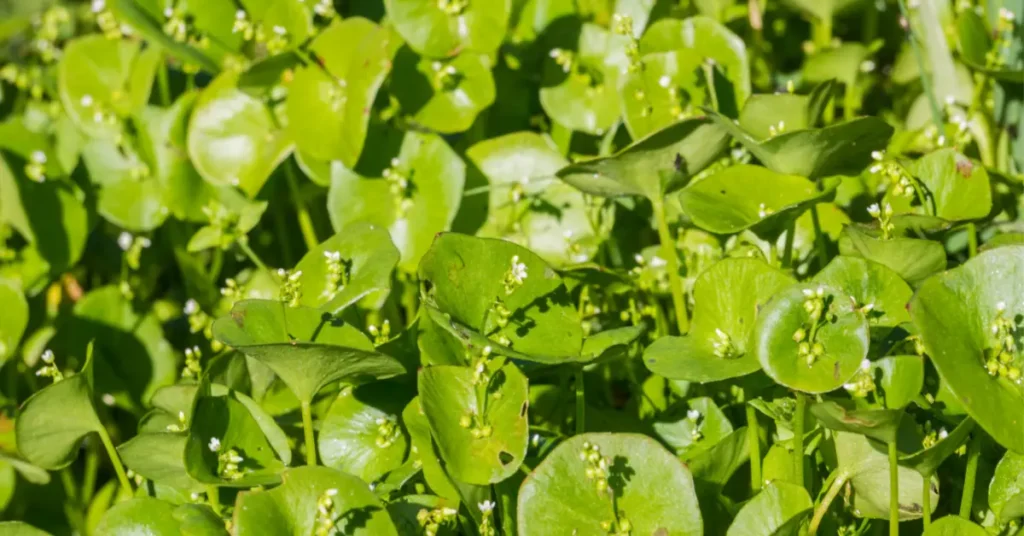
Moringa leaves:
Moringa leaves, derived from the Moringa oleifera tree, are known for their extraordinary dietary cost and diverse health benefits. Moringa tree leaves are typically utilized in cooking and are common in various cuisines, mainly South Asian and African cuisines. Moringa leaves provide critical vitamins, such as vitamins A, C, and E, calcium, potassium, and protein.
